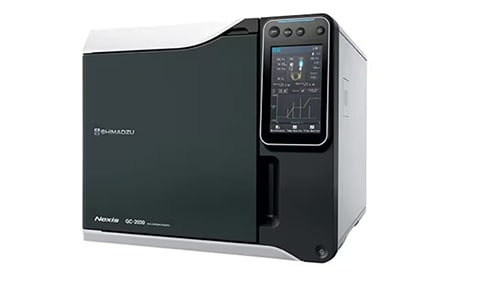Greenhouse Gas & CCUS
Technologies to separate, recover, and reuse CO2 (CCS or CCUS) are being studied as a countermeasure to carbon emissions and global warming. CO2 recovery methods include chemical absorption, physical absorption, membrane separation, etc. The most appropriate method is selected depending on CO2 concentration, pressure, and emission source properties.
Among these methods, various studies are being conducted globally on the chemical absorption method using amine solution, which binds strongly to CO2 through chemical reaction, since it has the advantage of being applicable to low partial pressure CO2 such as combustion exhaust gas due to its high reactivity.

Increasing concentrations of greenhouse gases such as CO2, CH4, and N2O, emitted through various human activities such as industry and agriculture, are considered to be one of the causes of global warming. In response to this, many countries have implemented greenhouse gas reduction targets and numerous countermeasures.
Carbon dioxide emission from burning petrochemical fuels has the greatest impact on global warming, but CH4 and N2O, which have high global warming potential, have also attracted attention in recent years.
Shimadzu provides a wide range of evaluation and analysis technologies for greenhouse gas analysis and measurement.

Carbon dioxide capture, storage, and reuse are attracting attention as a means of reducing carbon dioxide, a greenhouse gas.
CCUS is an abbreviation of “Carbon dioxide Capture, Utilization, and Storage“, the process of recovering exhaust gas and atmospheric CO2 and then reusing CO2 that has either been separated from or stored with other gases.
Various carbon countermeasures are being researched and implemented, such as combining hydrogen and CO2 to form methane in what’s known as methanation, using CO2 in the manufacturing process of concrete, and artificial photosynthesis.
Shimadzu provides a wide range of analytical technologies for CO2 and related components that have become indispensable for said research and related business activities.
-
The Nexis™ GC-2030 supports the analyst’s procedures beyond the laboratory, at virtually any location.
-
The TOC-L series of TOC analyzers adopts the 680°C combustion catalytic oxidation method, which was developed by Shimadzu and is now used worldwide.
-
Greenhouse gases are those that are found in the atmosphere that induce the greenhouse effect, which is an absorbance and emission of infrared energy emitted by the Earth.






